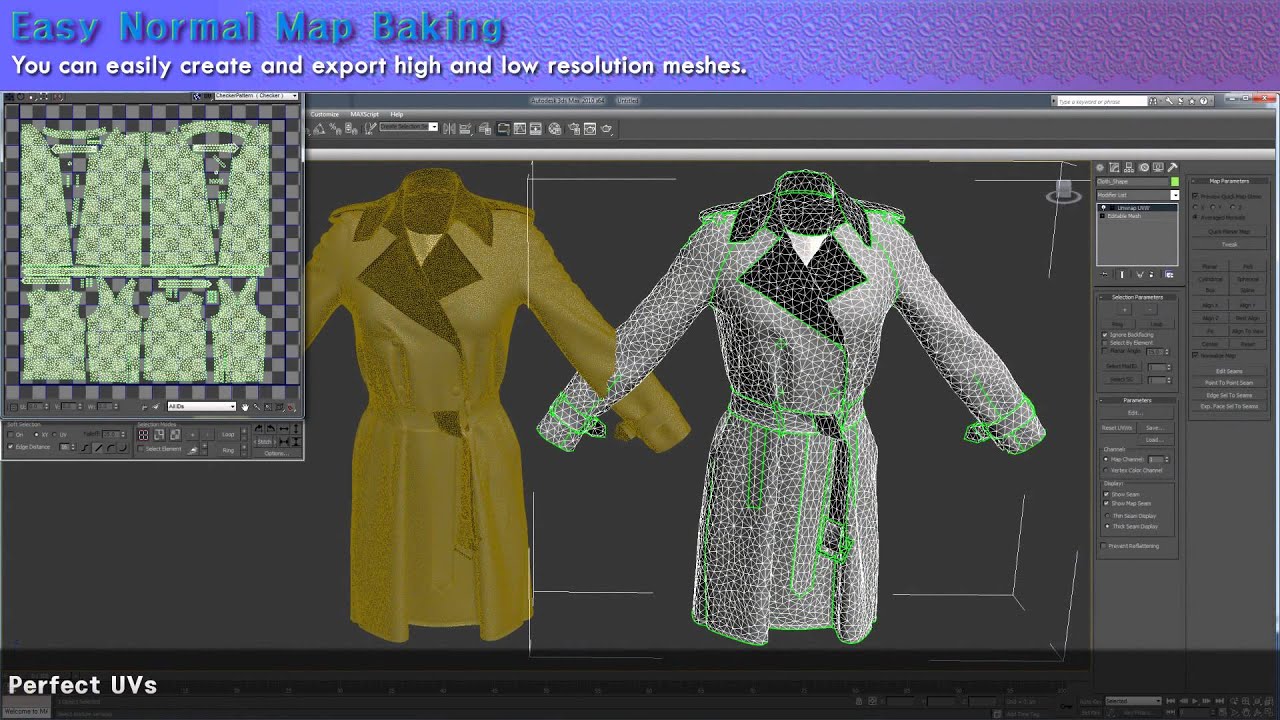Fashion design has evolved dramatically in the last few decades. What used to involve manual sketches, fabric swatches, and cutting patterns by hand, has now transformed with the integration of advanced technologies like Fashion design software and CNC cutters. These innovations are not only helping designers create stunning pieces but also streamlining the entire production process.
In this article, we’ll explore the world of fashion design software and CNC cutters, two powerful tools that are revolutionizing the fashion industry. We will break down how these tools work, their benefits, and how designers can leverage them to stay ahead of the curve.
What is Fashion Design Software?
Fashion design software is a specialized tool used by fashion designers to create, visualize, and modify designs digitally. These software programs offer a range of features such as sketching tools, fabric simulation, pattern creation, and 3D modeling. By using fashion design software, designers can bring their creative ideas to life on a computer screen before translating them into physical garments.
Why Fashion Design Software is a Game Changer
Gone are the days when designers had to rely solely on hand-drawn sketches. With fashion design software, designers now have more flexibility, precision, and speed. These programs allow for quick iterations of designs, offering the ability to tweak colors, patterns, and styles in real-time. Plus, the software can produce detailed technical specifications, which are crucial for garment production.
Key Features of Fashion Design Software
Fashion design software comes with a variety of tools that make the design process faster and more efficient. Some of the key features include:
Sketching and Drawing Tools
These tools allow designers to create detailed sketches using a variety of brushes and drawing tools.
3D Visualization
Designers can see their garments in 3D, providing a more accurate representation of how the final product will look.
Fabric Simulation
Simulate different fabrics and textures to see how they would look and behave in a real-world environment.
Pattern Making
Create patterns that can be used to cut fabric pieces accurately.
Technical Specifications
Generate technical sheets that show the dimensions and specifications of the garment.
Popular Fashion Design Software in the Market
Several fashion design software programs have gained popularity among designers for their comprehensive features and ease of use. Some of the most popular include:
Adobe Illustrator
Widely used by fashion designers for its vector-based design tools and ease of creating detailed drawings.
CorelDRAW
Known for its user-friendly interface and vector graphic design tools, it’s another popular choice in the fashion industry.
CLO 3D
A game-changer for designers, CLO 3D specializes in 3D garment visualization, allowing designers to create virtual prototypes of their designs.
TUKAcad
A robust software for pattern design, grading, and marker making, widely used in the apparel industry.
The Role of CNC Cutters in Fashion Design
A CNC (Computer Numerical Control) cutter is a machine that automates the cutting process. In the fashion industry, CNC cutters are used to precisely cut fabric according to a design or pattern. These machines use a computer program to guide the cutting tool, ensuring accuracy and efficiency.
How CNC Cutters Work in Fashion Design
CNC cutters follow a set of instructions programmed into a computer system, which controls the movement of the cutting tools. Designers use CAD (Computer-Aided Design) software to create digital patterns, which are then translated into machine-readable files. These files guide the CNC cutter to cut the fabric with exact precision.
Benefits of Using CNC Cutters in Fashion
Precision
CNC cutters can cut intricate designs with high accuracy, reducing the chances of human error.
Speed
Automation speeds up the cutting process, allowing designers to produce garments more efficiently.
Material Efficiency
CNC cutters reduce fabric waste by making precise cuts according to the pattern, minimizing excess material.
Consistency
Each piece is cut exactly the same way, ensuring uniformity across multiple garments.
Types of CNC Cutters Used in Fashion Design
There are different types of CNC cutters available for fashion designers, each with its unique capabilities:
Laser Cutters
Laser cutters use focused laser beams to cut fabric with extreme precision, making them ideal for intricate designs.
Rotary Cutters
Rotary cutters use rotating blades to cut fabric and are commonly used for large-scale fabric cutting.
Plasma Cutters
Plasma cutters are typically used for thicker materials like leather or denim and can handle heavy-duty cutting tasks.
The Integration of Fashion Design Software and CNC Cutters
When fashion design software and CNC cutters are used together, they create a seamless workflow for designers. The software generates precise digital patterns, which are then sent directly to the CNC cutter, automating the entire process from design to production. This integration ensures consistency, reduces errors, and allows designers to bring their ideas to life with minimal effort.
How These Tools Are Transforming the Fashion Industry
The fashion industry is embracing new technology to keep up with consumer demands for fast, high-quality products. The combination of fashion design software and CNC cutters is revolutionizing the way fashion is designed, produced, and delivered. These tools are helping brands:
Reduce Lead Times
Designs can be created, tested, and produced much faster, allowing fashion brands to get their products to market more quickly.
Minimize Costs
By reducing fabric waste and speeding up production, designers and manufacturers can lower costs.
Improve Product Quality
The precision and efficiency of these tools lead to higher-quality garments with fewer defects.
Conclusion
Fashion design software and CNC cutters are transforming the fashion industry, making the design and production process more efficient, precise, and cost-effective. These tools are empowering designers to push the boundaries of creativity while ensuring their designs are brought to life accurately and consistently. As technology continues to evolve, we can expect even more innovative solutions that will continue to shape the future of fashion design.




